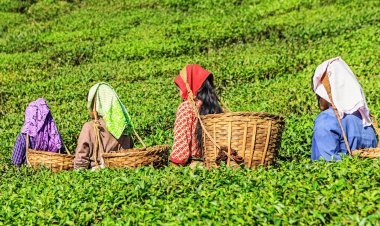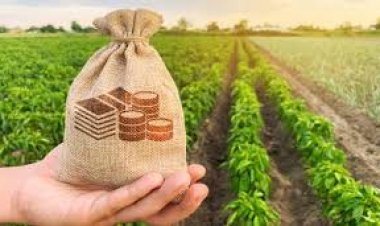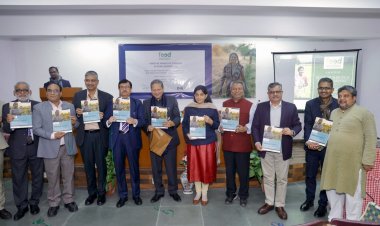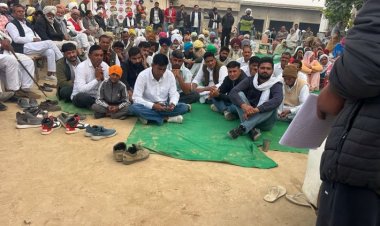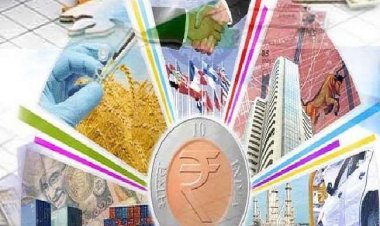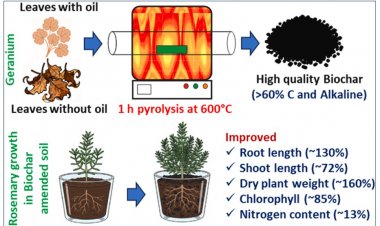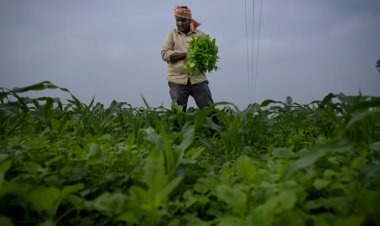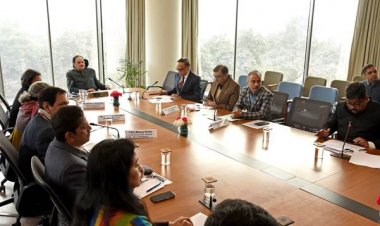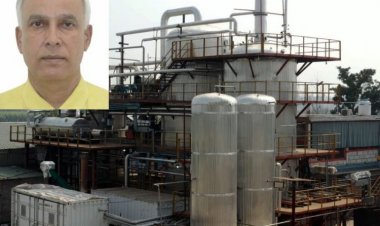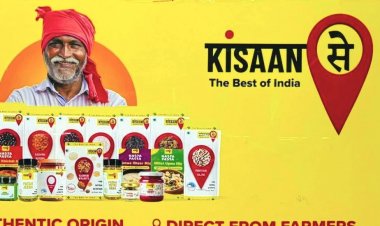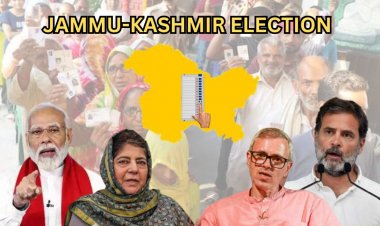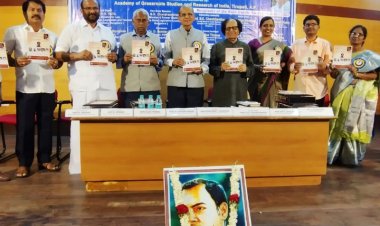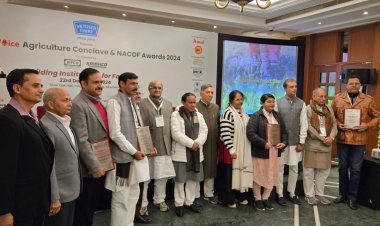DAP stock at October-end reaches one-third of that last year
According to the figures from the Department of Fertilizers, the stocks of DAP and MOP have reached, on Oct 31, 2021, one-third of those on the same date last year. The DAP stock in the country has reached 14.63 lt as compared to 44.95 lt on the same date in 2020 while the MOP stock stood at 7.82 lt in comparison to 21.70 lt at the end of October 2020.

In spite of the repeated claims made by the government, the farmers’ troubles regarding the shortage of Diammonium Phosphate (DAP) do not seem to be diminishing in the current Rabi season. The government says that there is adequate stock of fertilizers available in the country. But, according to the figures from the Department of Fertilizers (DoF), the stocks of DAP and Muriate of Potash (MOP) have reached, on Oct 31, 2021, one-third of those on the same date last year. The DAP stock in the country has reached 14.63 lakh tonnes (lt) as compared to 44.95 lt on the same date in 2020 while the MOP stock stood at 7.82 lt in comparison to 21.70 lt at the end of October 2020.
However, the situation is better in the case of urea and Nitrogen, Phosphorus and Potash (NPK) complex fertilizers. On October 31, the urea stock in the country stood at 52.90 lt, which is less than the level of 79.76 lt as of October 31, 2020. As for NPK, its stock was 30.98 lt as of October-end this year as compared to 38.40 lt at the same time in 2020. Thus, although their stocks are less than that last year, there is no problem with the availability of urea and NPK.
As the monsoon rains continued till as late as October this year, there has been some delay in the sowing of Rabi season crops. Given this situation, the DAP demand is likely to be high in November. Besides, as greater rainfall in September and October has led to more soil moisture, the sowing area may go up for the Rabi season. DAP is required at the time of sowing of wheat, mustard and other crops in the Rabi season. It is, therefore, a challenge for the government how it makes DAP available to the farmers.
In fact, there are already reports from several parts of the country that farmers are facing problems with the availability of DAP. Such reports are coming from Uttar Pradesh (UP), Haryana, Rajasthan, Madhya Pradesh (MP) and Punjab. An official from the DoF told RuralVoice that going by the states’ demand, the demand for DAP is 17.13 lt for November while that for NPK is 12.26 lt.
On the other hand, according to a press release issued by the Ministry of Chemicals and Fertilisers, Union Minister Mansukh Mandaviya has said that he has reviewed the fertilizer availability targets for the month of November along with his officials. He said that there was no crisis of fertilizer availability in the country. In November, the availability of DAP, NPK and urea will be greater than their demand. He said that 18 lt of DAP would be made available against a demand of 17 lt, 30 lt of NPK against a demand of 15 lt and 76 lt of urea against 41 lt.
Mandaviya has told the farmers, however, that they should not hoard fertilizers. He also said that the government would take strict action against the black marketeers of fertilizers. He said that the government was keeping a vigil on the production, import and movement of fertilizers so that these might be made available everywhere as and when necessary.
The total sales of fertilizers in October 2021 have been more than those last year. However, the sales of DAP were 13.9 lt in October, which were less than 15.37 lt in the same month last year. Similarly, the sales of MOP were 2.5 lt in October this year in comparison to 2.84 lt in the same month last year. But the sales of urea were 20.66 lt in October this year as compared to 15.55 in the same month last year. Similarly, NPK sales, too, went up from 8.7 lt in October 2020 to 13.07 lt in the same month this year while Single Super Phosphate (SSP) sales went up from 4.69 lt to 7.93 lt for the same month. The rise in total fertilizer sales in October 2021 was due to the higher sales of urea, NPK and SSP.
In the wake of the steep hike in the prices of raw materials for fertilizers in the international market, the government had increased the phosphate subsidy in May under the Nutrient-Based Subsidy (NBS) scheme for decontrolled fertilizers so that the DAP price may be kept at Rs 1,200 per bag (50 kg) for the farmers. Later, it increased the subsidy per bag of DAP and NPK in October. Thus, DAP is available at Rs 1,200 per bag. As for NPK, the government granted a subsidy of Rs 100 per bag on its three grades. Despite this, however, the companies increased the prices of the highest-selling three grades of NPK by about 20 per cent and their prices reached Rs 1.450-1,470 per bag.



 Join the RuralVoice whatsapp group
Join the RuralVoice whatsapp group

















